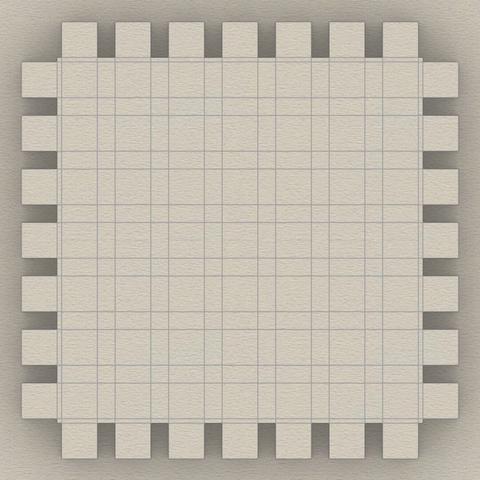https://securityaffairs.com/177281/hacking/canadian-electric-utility-nova-scotia-power-and-parent-company-emera-suffered-a-cyberattack.html
#securityaffairs #hacking
Woke this morning with an email from #Scotia bank about my account. I don't have a Scotia account.
Usually, I ignore these as phishing, but I have a #Thunderbird add-on that tells me when SPF and DKIM pass. And the "from" domain was truly scotia bank. So, yes, it did come from them.
Spent 30 minutes on the phone bouncing around, queuing and waiting while they checked. Their conclusion is that their customer carelessly entered my email address instead of their own, and they will contact the customer.
Two things.
Email addresses should always be validated with an OTP. When will banks learn this?
Second: Some people are a pain in the ass.

This sketch shows the arrangement of #dentils in the classic variation of the #IonicEntablature. It shows the full layout, but most of the top is obscured by the top portion of the #cornice. Only the outside square shapes are actually visible. Each #dentil has a square "footprint" that is 4 parts by 4 parts (32*32 units) and is 6 parts (48 units) tall. The spacing between each dentil is 2 parts (16 units). Dentils project 4 parts (or 32 units) from the face of the #fascia on which they rest. Each face of the fascia has 7 dentils with the middle dentil laterally centered and directly in front of the column axis. The 2 side dentils are on side faces, and that is apparent in the darker shading in the sketch at https://pixelfed.social/i/web/post/790782316675150160. Take the time to reconcile this with the numbers listed in #Scarlata's #PracticalArchitecture. The 3D reconstruction from the #primaryProfileCurves is very similar to that of the #IonicPedestal, with #extrusion, #mitering, #joining, and #capping planar holes as described in https://pixelfed.social/i/web/post/790645054230337543 — just set the dentils aside, for now. Once you have capped the #planarHoles to get a solid, analyze the edges of the solid in the #CAD program for #nakedEdges and #nonManifoldEdges. Then, extrude the dentils outline (in the top view) to a height of 48 units (in the front view). Now perform a #booleanUnion of the two solid shapes to get the complete #entablature. Finally, check the edges of the solid in the #CAD program AGAIN for #nakedEdges and #nonManifoldEdges. With this, we have finished two of the three main components of the #IonicOrder. There's a modern version of the Ionic entablature with #modillions, which I will describe later. Next, we move on to the biggest, most conspicuous part of the order — the #IonicColumn.
#NewMusic! in #playlist JUKEBOX | Sature on Spotify: "Who Really" by Scotia 🎧
#Scotia #Follow here 👉🏽 https://t.co/9gMDVKcPXQ https://t.co/Cc0Q1kpnzT
Redwood trees and stumps on redwood highway. An active mill town of the Pacific Lumber Company is located at Scotia. California, Humboldt County
#Scotia #California #HumboldtCounty #undefined #photography #DorotheaLange